Morton’s neuroma, or metatarsalgia, is caused by inflammation of the nerves leading to the toes or a thickening of the tissue around one of the nerves in your toes. The condition results in foot pain or discomfort that may feel like a pebble in your shoe and a burning sensation or numbness of the toes. Similar to plantar fasciitis, the pain occurs in between the second or third toes, or third and fourth toes, not in the heel or arch of the foot.
The inflammation of the nerve comes from any activity that places prolonged or acute pressure on the foot usually from tight, uncomfortable shoes (especially high heels with steep incline), sports activities that subject your feet to repetitive trauma, and even flip flops. Foot deformities like bunions, hammertoes, high arches or flat feet can also lead to this condition.
A doctor will either perform an ultrasound or an MRI to confirm diagnosis and maybe an X-ray to rule out stress fracture. A podiatrist often treats this by first prescribing over-the-counter anti-inflammatory medications. If that does not provide enough relief, he or she may recommend a corticosteroid injection followed by decompression surgery, or as a last resort, removal of the nerve which may cause permanent numbness in the affected toes. The surgery can be highly effective but there may be weeks of down time, possibly 3 – 4 months to be fully mobile.
Acupuncturists often treat Morton’s neuroma with acupuncture and gua sha, a massage technique of rubbing in between the toes and the metatarsals. If severe pain is constant versus periodic from overexertion, they may recommend chiropractic cold-laser therapy directly on the neuroma and the top and bottom of the foot. When both of these techniques are combined with acupuncture, it can effectively expedite healing.
It is imperative to take a break from high heels and to reduce activities that subject your feet to high impact and can exacerbate the condition such as dancing, aerobic exercise or jogging. Soaking your feet in warm Epsom salts, changing shoes and not wearing flip flops are also recommended. Using arch supports or buying corn pads to surround the neuroma can also assist with healing and recovery.
In my practice, I use a technique of Kinesio taping the toes to help continue to reduce the pressure and inflammation on the nerve and often teach the patients how to do it for themselves at home. This is to be used in between treatment sessions when the pain flares up, or if they have to be on their feet for extended periods of time.
Depending on the severity of the Morton’s neuroma, acupuncture is helpful 70% of the time with treatments 2-3 times a week for two weeks, then tapering down to once a week for two weeks.
As there are less complications and shorter recovery time, these less invasive natural therapies should be considered before injections or surgery.
Diane Sheppard is a licensed acupuncturist and doctor of traditional Chinese medicine. She is the owner of AcQpoint Wellness Center in Palm Desert and can be reached at (760) 345.2200. www.AcQPoint.com
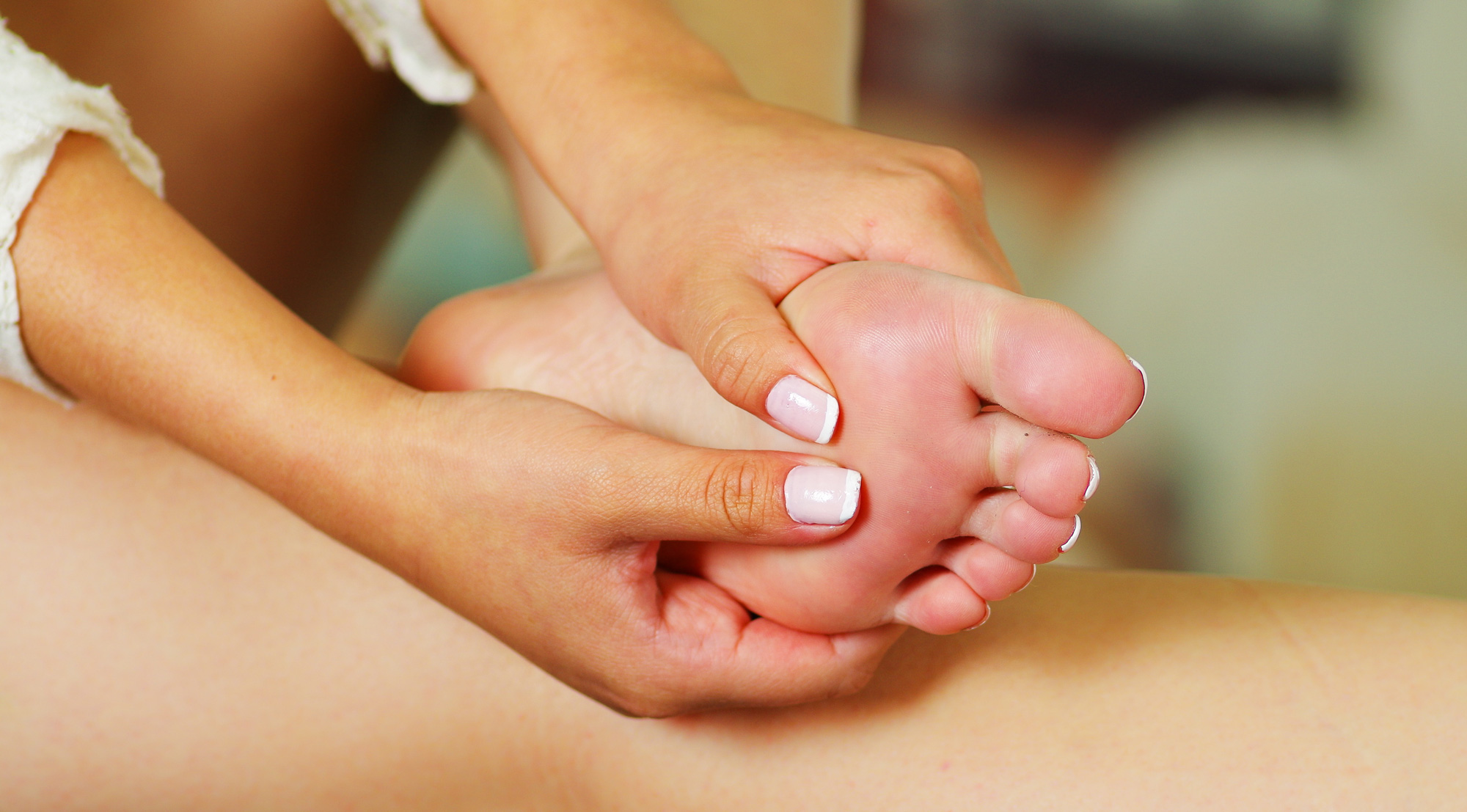





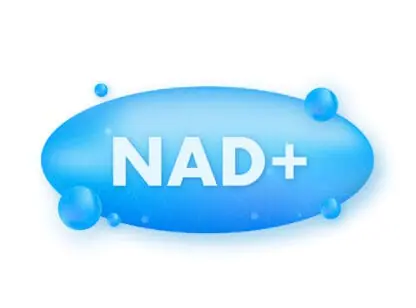

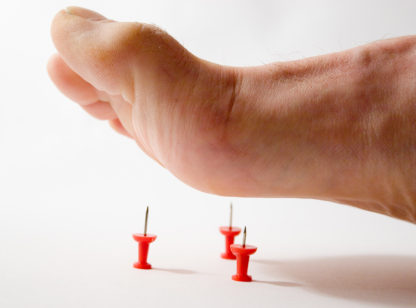

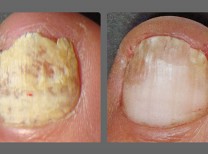
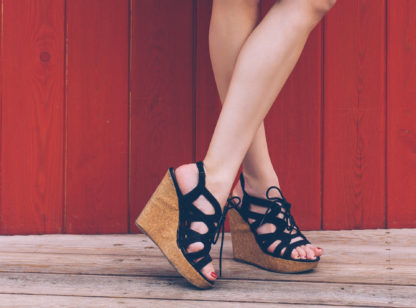




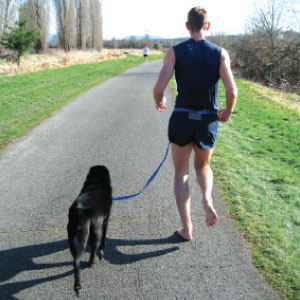


























Comments (0)